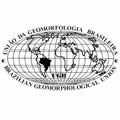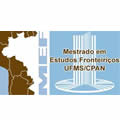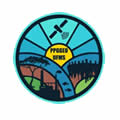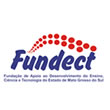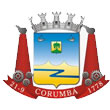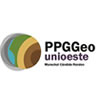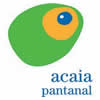Autores
- MARCOS ROBERTO PINHEIROUSPEmail: m3279574@usp.br
- PAOLA CIANFARRAUNIVERSITÀ DEGLI STUDI DI GENOVAEmail: paola.cianfarra@unige.it
- FERNANDO NADAL JUNQUEIRA VILLELAUSPEmail: geovillela@usp.br
Resumo
Recent studies have demonstrated that the current tectonics activity plays an important role also in areas with intraplate settings, such as the Brazilian territory as a whole. The Continental Rift of Southeastern Brazil, which comprises the Neoproterozoic basement and some Paleogene basins (i.e. Taubaté, São Paulo, and Curitiba basins), is one of the most important features affected by Neotectonics, the tectonic regime acting since Neogene. However, information about the effects of the current tectonic regime on the rift surrounding areas is still missing. In this way, the objective of this research is to explore the possible effects of Neotectonics on the landforms of a sector in the Neoproterozoic basement that surrounds the São Paulo sedimentary basin.
In order to achieve this objective, structural lineaments were automatically traced on the Digital Elevation Model of the SRTM data by SID3 software. Such data were statistically analyzed and compared with the aeromagnetic data and the results of the SL Index of the main rivers. 1330 field structural data were surveyed from 117 outcrops. The paleostress fields were calculated by means of fault and fracture inversions by Daisy3 software. Geomorphological mappings (1:25.000) of 3 areas were also done. The results suggest that tectonic structures influenced the landscape evolution including arrangement of hills, ridges, and floodplains, as well as the drainage system, which is responsible for the landform dissection. Recent deformations indicate Neotectonic activity causing block tilting, channel migration and formation of escarpments, triangular facets, oxbow lakes, fluvial terraces, knickpoints and drainage elbows. On the other hand, the field survey data suggest that the most of faults are related to the Pre Cenozoic tectonics. Further studies are necessary to investigate the age of tectonic events, especially where only old tectonic traces were identified.
Palavras chaves
Neotectonics; Morphotectonics; Geomorphology

